The Trees
I lay in the hammock looking up at the trees, watching the birch leaves fluttering in the light breeze a hundred feet above me. From down here it’s a confusion of light, color, motion, and shadow. What’s it like up there though? What would it be like to stand among those slender branches that would probably, some of them, support my weight? What kind of perspective on the world would you get up there?
People climb trees, adults I mean. Probably kids aren’t allowed to climb trees anymore. But some adults do. There are even groups that get together and go climb trees. So I’ve been told.
John Muir writes about climbing a tree in storm to see what it felt like to be blown around. He climbed a 220 foot sugar pine in a storm. “Climbing these grand trees, especially when they are waving and singing in worship in wind-storms, is a glorious experience,” writes Muir in The Yosemite. “Ascending from the lowest branch to the topmost is like stepping up stairs through a blaze of white light, every needle thrilling and shining as if with religious ecstasy.”
I plan to do that some day, but I probably won’t start with 220 foot sugar pines in the midst of a storm. I’ll probably work my way up to tall trees in storms, but I’d like to try it. One of the nice things about this life is that I can lie here in this hammock and stare up at the trees. I can think about climbing them. I can think about other trees, other hammocks.
Last summer, Colorado. A very similar vertical view. This summer it’s birch rather than aspen, jack pine rather than lodgepole and ponderosa, but the overall feel of the place is very similar to Colorado and the vertical view is very close.
A friend of luxagraf, who lives in Iran, but has traveled the desert southwest of the U.S. quite a bit has an interesting article about the visual and ecological similarities between the Sindh desert in Iran (where he lives) and the high desert region of eastern California into western Arizona.
These similarities exist everywhere. I have no doubt that if you beamed me and this hammock into the right elevation of Ural mountains in Russia or the Andes in Peru or the Himalayas of Himachal Pradesh, I would have a similar view of similar tress. The world is made up of similarities more than differences I find, and I think that’s true whether you speak of ecology, culture, religion or my preferred starting point for philosophical reflections — the vertical view from a hammock.
Significant ecological, cultural and religious differences exist as well. I think to certain extent that’s the part of traveling that I like the best, discovering these similarities and differences and holding them up before you and trying to make sense of them, finding the threads that connect places, the threads that exist only in one place and then weaving them together until in some way your journey makes sense to you. Why does the jack pine thrive here, and lodgepole pine thrive in Colorado? Why is there a massive body of fresh water here and a huge range of mountains there? Why do men and women hold hands here, men and men hold hands in India and no one holds hands in China? Why does the idea of reincarnation thrive in Himachal Pradesh and not here? Why is the arboreal forest that used to be here now over one hundred miles north of here?
It’s wrestling with these things that makes travel interesting to me. Seeing things is part of that, part of finding the unique threads of a place, the threads that bind things but that’s not the end of it by any means. Round the world sailor and author Teresa Carey calls this kind of inquiry “a far greater adventure” than just traveling.
If you only have two weeks in a place, I guess I understand that drive to get out there and try to see everything you can. We watch people pulling out every morning to go do things while we’re still cooking breakfast1. A lot of people seem to go somewhere every morning. But then if your time is limited, you want to see what you came to see, I suppose. I’d still probably spend at least half my time “sitting around” because without the chance to daydream and reflect, to pull it all together what’s the point?
But then we’re fortunate enough to be able to more or less stay anywhere we like as long as we choose. Camping limitations do exist, but otherwise we’re pretty open ended. Consequently we don’t tend to rush out and see everything right away, if we see it at all. For instance, we’ve been in Pictured Rocks National Lakeshore for well over a week and haven’t seen the eponymous rocks yet. And I’ll be fine if we never do, that’s not a thread that happens to interest me.
These days I’m content with trees, hammocks (when I get some time in one), sitting here in the forest, watching the wind play in the leaves, the birds sharing food and building nests, the kids digging up earthworms for pets. As more than a few writers have demonstrated, you can spend years obsessing over a single square meter of forest and not exhaust everything it has to teach2.
At the same time, you can take that too far. We don’t sit around all the time, we don’t refuse to “see the sights”. Some long term travelers I’ve met seem to look down on seeing things, like that’s the status symbol that sets them above the common traveler — they’re too cool to see the sights. I think that’s equally as silly as running around like the proverbial headless chicken trying to see it all. The opposite of one bad idea is often another bad idea. If I no long care what’s around the next bend, over the top of that rise or on the other side of the horizon then I’d stop traveling. There is always a third option; some sitting around, some seeing what’s around the bend.
In our case we walk around quite a bit. I walk slowly, the rest of my family not so much. Sometimes I can convince Lilah to hang back with me though, that makes for nice hikes. The world is more fun when you have someone to share it with.
Here there’s a good 3 mile round trip trail out to a lighthouse. That’s about what Elliott is comfortable doing these days, three to four miles. At the end there was a lighthouse and a few outbuildings connected with the lighthouse. We forgot the money for the tour of the lighthouse, but it seemed closed anyway. We marched right on past and scrambled down some rocks to the lake shore for a little lunch. The sandstone shelf we sat on extended nearly half mile out into the water without getting much more than six feet deep. Hence the need for a lighthouse.
There was a fog bank to the east of the lighthouse that day, a thin layer that obscured all but the top of the dunes just to east of us, dunes that sit some five hundred feet above the lake. The first four hundred feet were hidden by a fog bank that stretched out over the lake and curved back toward the lighthouse, losing density as it neared the point we sat on. We ate our food and watched wisps of wet cloud blow by us and down the coast, seemingly circling back down toward the dunes.
It wasn’t particularly warm and only Lilah and I hung around after lunch we finished lunch. We explored the shoreline to the east for a while, looking for interesting signs of life. There weren’t many. Lake Superior is cold, clear, and not exactly teeming with life. I’ve seen a few fish, including a huge trout in very shallow water, and Lilah and I found some curious insects, around the rocks, but for the most part it’s pretty quiet around here, biologically speaking. At least on the water. The water average 42 degrees, there’s just enough life to support a fair number of fish, and the birds that feed on them, but not much more than that.

But what it lacks in life it makes up for in weather. The weather here is the most unusual and dramatically changing weather I’ve ever experienced anywhere on the planet thus far. It’s completely left field. One minute it’s hot, the next it’s cold. And a good percent of the time that’s just barely hyperbolic.
A good bit of my early travels were in the Sierra Nevada mountains of California. I’ve backpacked several hundred miles worth of trails and seen a good bit of “interesting weather”. Lightning so close your hair stands up? Check. Hail the size of small oranges? Check. Snow in mid July? Check. Rapid drops in temperature as a storm approaches? Check. Well, maybe not check.
I thought I had experiences some rapid temperature drops, but Lake Superior is a different class with those. One morning, a particularly warm, humid morning, it was 8 AM and the temperature was already climbing steadily. It can get surprisingly hot and muggy around here, and I figured it was going to be a really hot day. But then, about five minutes later the sky was so dark it looked more like night than night, the temperature had dropped well below 55, and the wind was tossing the leafy crowns of the birch trees around like a salad spinner. It was the most complete reversal of weather I’ve ever experienced anywhere in the world.
It was also very localized and didn’t last long. The wind faded quickly and within an hour the nice cool temperatures were gone as if it had never happened. Curiously though, it happened again around 2PM and again around 8PM. My best guess is that somewhere inland it’s heating up enough to pull some air off the middle of the lake and the lake is definitely cold enough to drop the air temp by 30-40 degrees. That particular day the last lake effect cooling timed nicely with bedtime. I still woke up sweating by 1AM, but at least we got to go to bed with a nice cool breeze blowing through.
When it is hot here, and it is more than I expected it would be, especially after our experience in Wisconsin, at least there’s a freezing cold lake to cool off in. And it is cold, cold enough that even the kids haven’t been past their waists. I went under, but it took some effort. Lake Superior is the coldest large body of water I’ve ever swam in. The water temp right now is 55 degrees, but honestly it feels even colder. It’s almost as cold as the Sierra lakes I used to swim in during the early season when there were still fields of snow leading down into them on the north facing slopes.
When its 85-90 out though Superior feels refreshing and nice. At least for a minute or two. Then you get out and the air around you feels insanely humid and hot and you want to slip back into the lake, but then it starts to be too much, you get a sort of pins and needles sensation in your feet after a while. So you climb out, sit on the rocks, and play with the kids until you get hot enough that you want to try getting back in the lake again.
The second time we went down to the shore line to beat the heat we learned something else about the wind in these parts. When it blows onshore it keeps the black flies at bay. When it blows offshore, look out.
For whatever reason I have no problem with mosquitoes. Some recently asked what we do about mosquitoes and I told them we have Thermacell, which works well enough, and we use it during the times of day the mozzies are really bad, but the rest of the time, honestly, I don’t bother much. They bite me. I swat them when it hurts, and if I’m in malaria/dengue/etc areas I take mosquitoes more seriously, but mosquitoes are supposed to bite, that’s what they do.
Where I come from though flies are completely benign, perhaps that’s why biting flies bother me. It seems extra cruel to take an ubiquitous and already fairly annoying creature and then make it capable of a painful bite. Screw that. I hate black flies. But then I hate when black flies drive me away from something I want to do, so I tend to stick it out until they get real bad. If you keep moving they don’t bother you as much, so we spent most of our beach time walking, climbing rocks, looking for agates, good skipping rocks, gnarled driftwood, birds, fish and whatever else captures out attention.
-
Not that we’re late risers, by the time we make breakfast I’ve usually been out birding, meditated and drank my way through at least two moka pots worth of coffee and Corrinne has generally walked 5 miles or so. ↩
-
This is, to me, the best argument against traveling — it doesn’t allow for the sort of depth of study, be it ecological, cultural, whatever, that’s possible when you stay in one place. For me though, staying in one place leads to complacency, less awareness and a tendency to take the world for granted. ↩
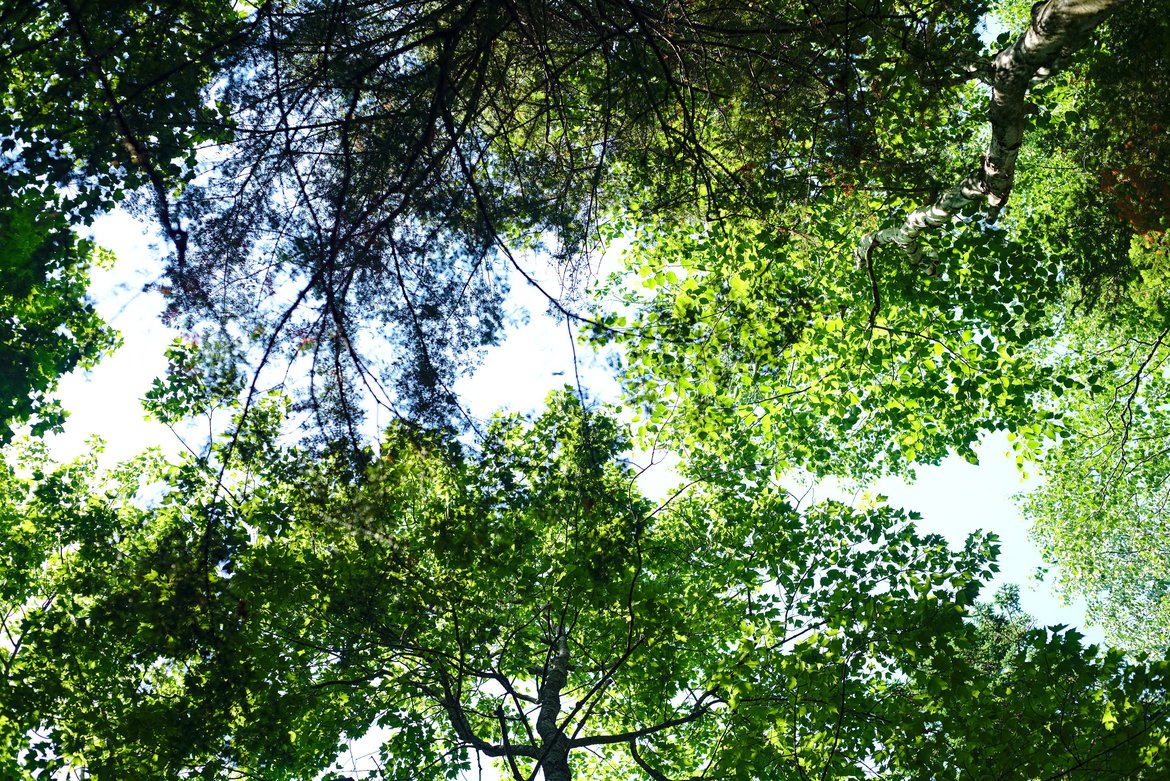
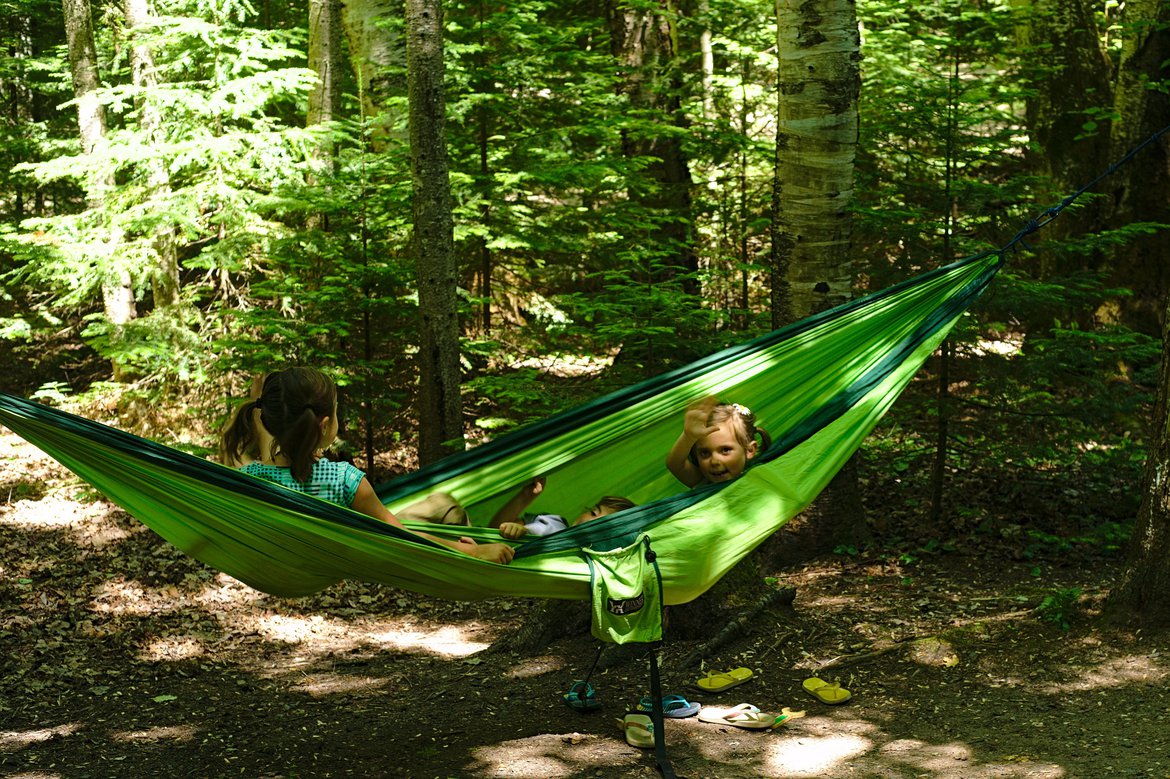
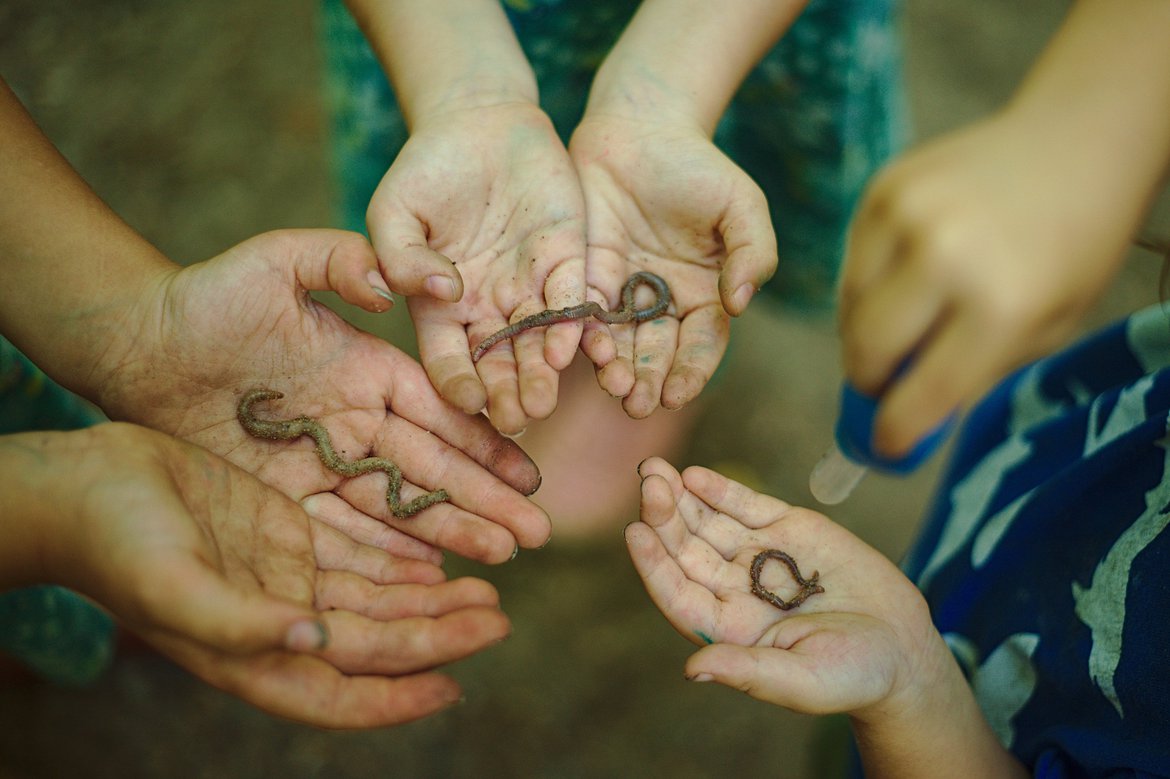
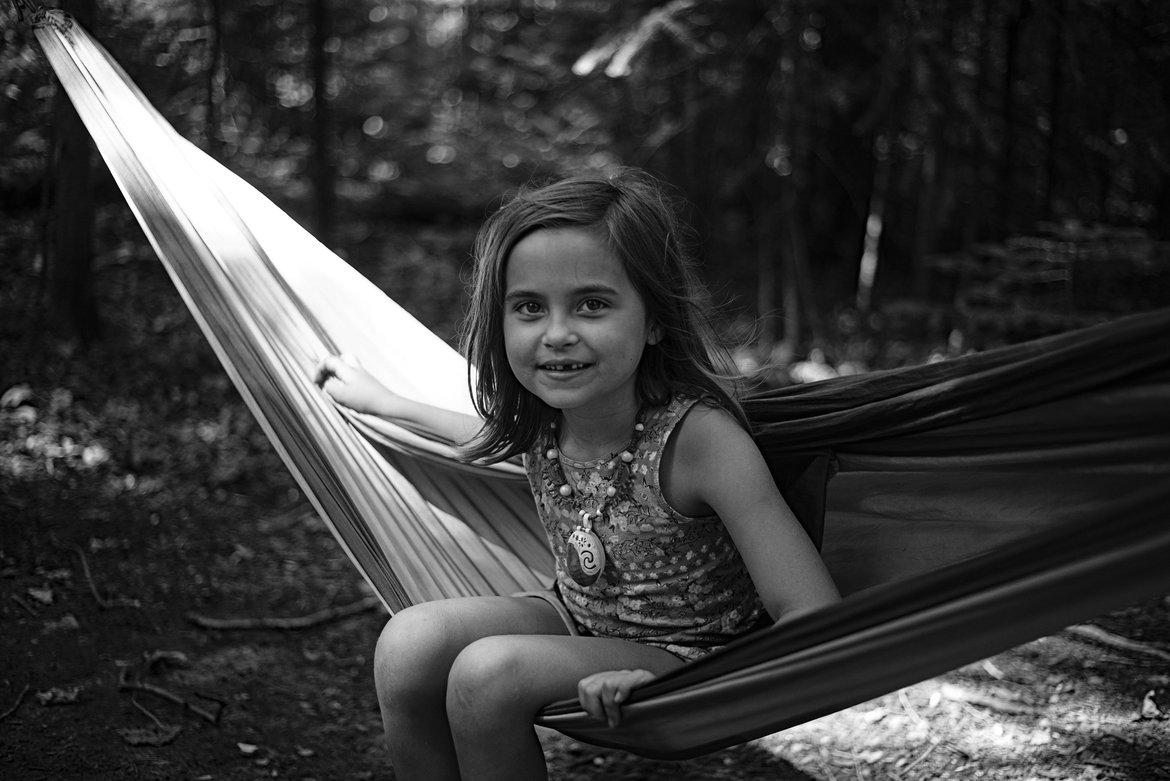
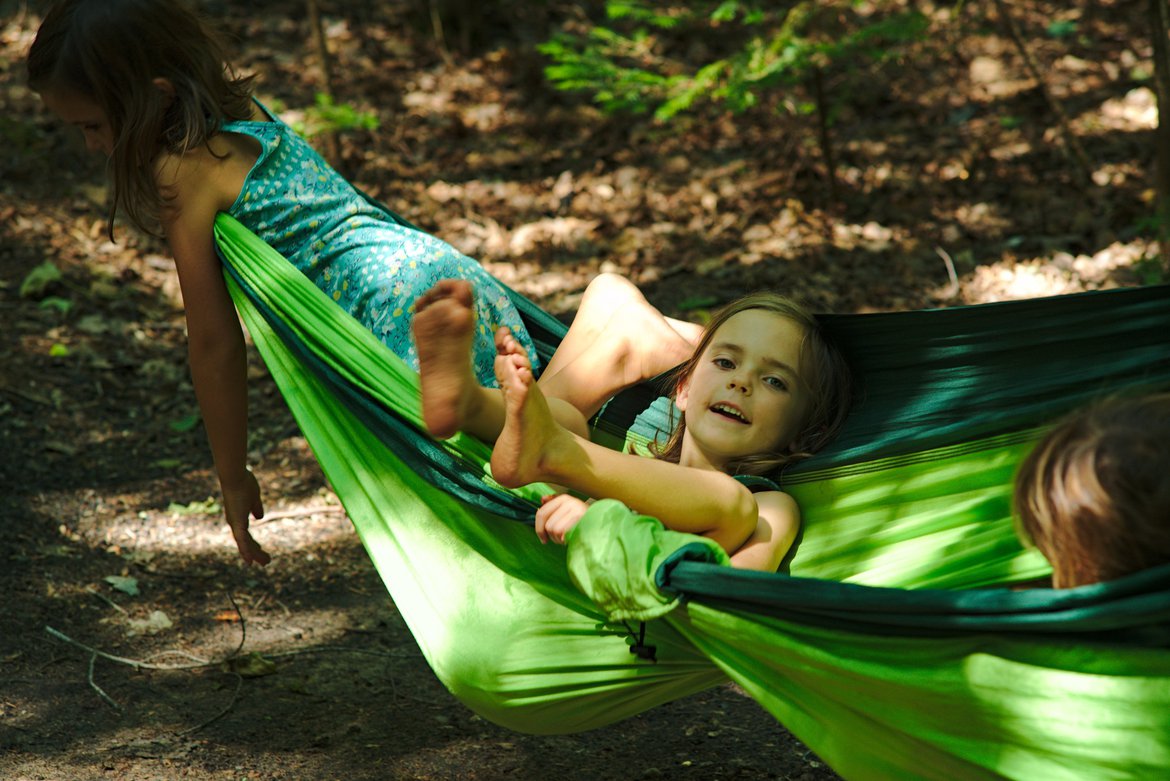
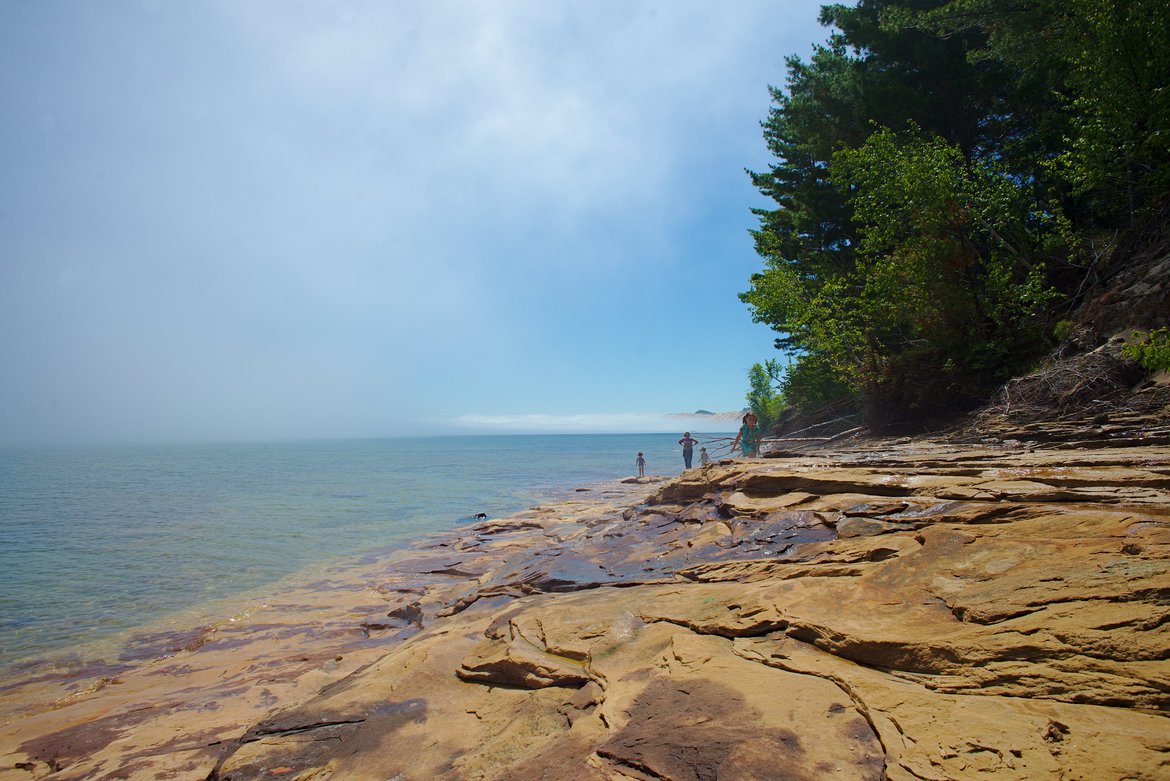
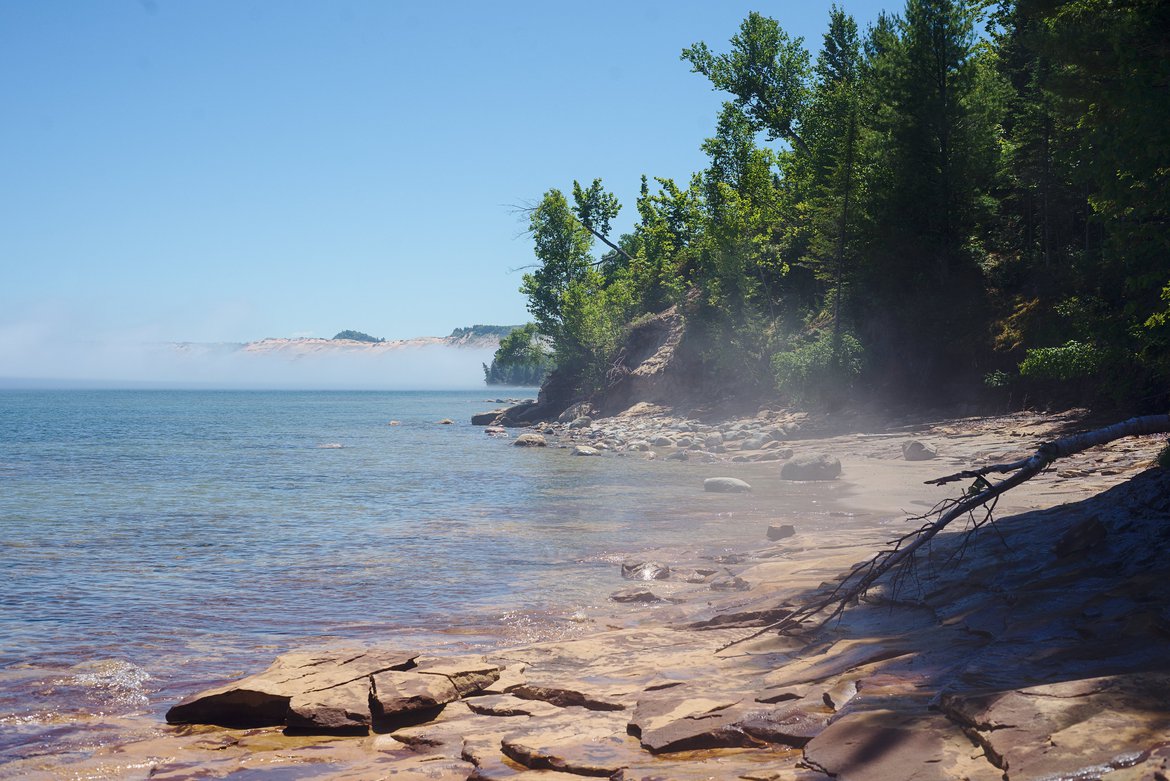
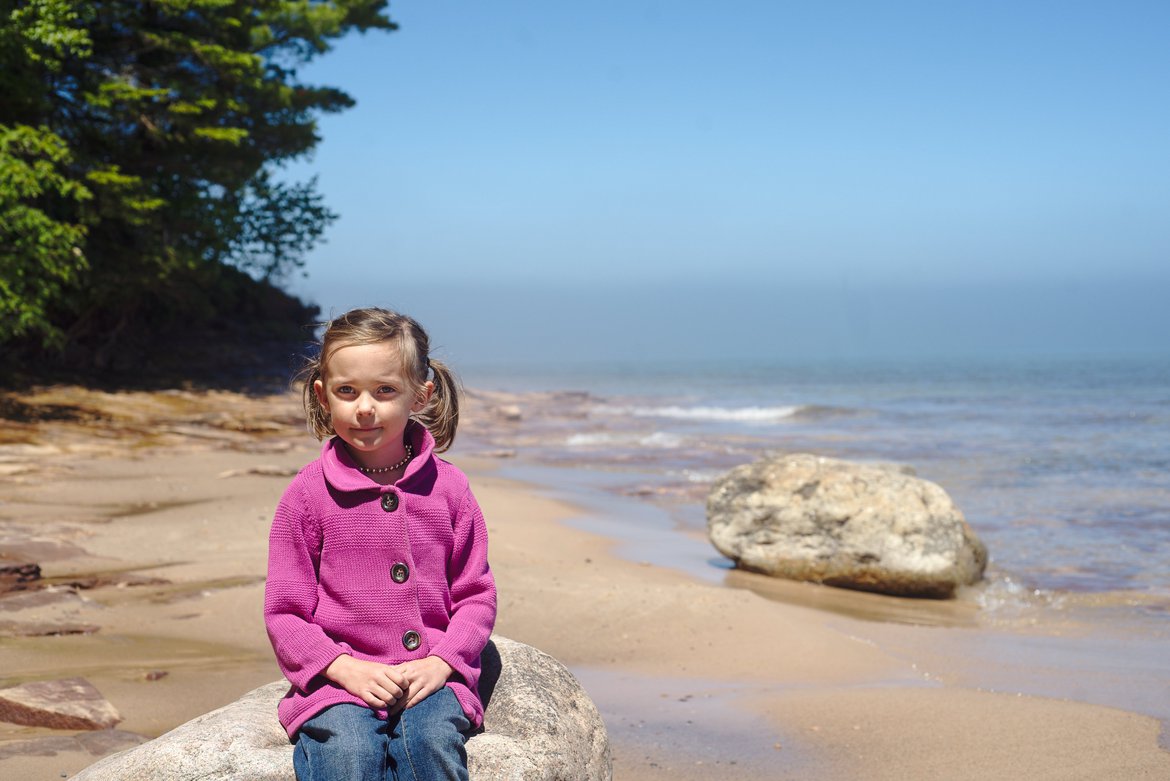
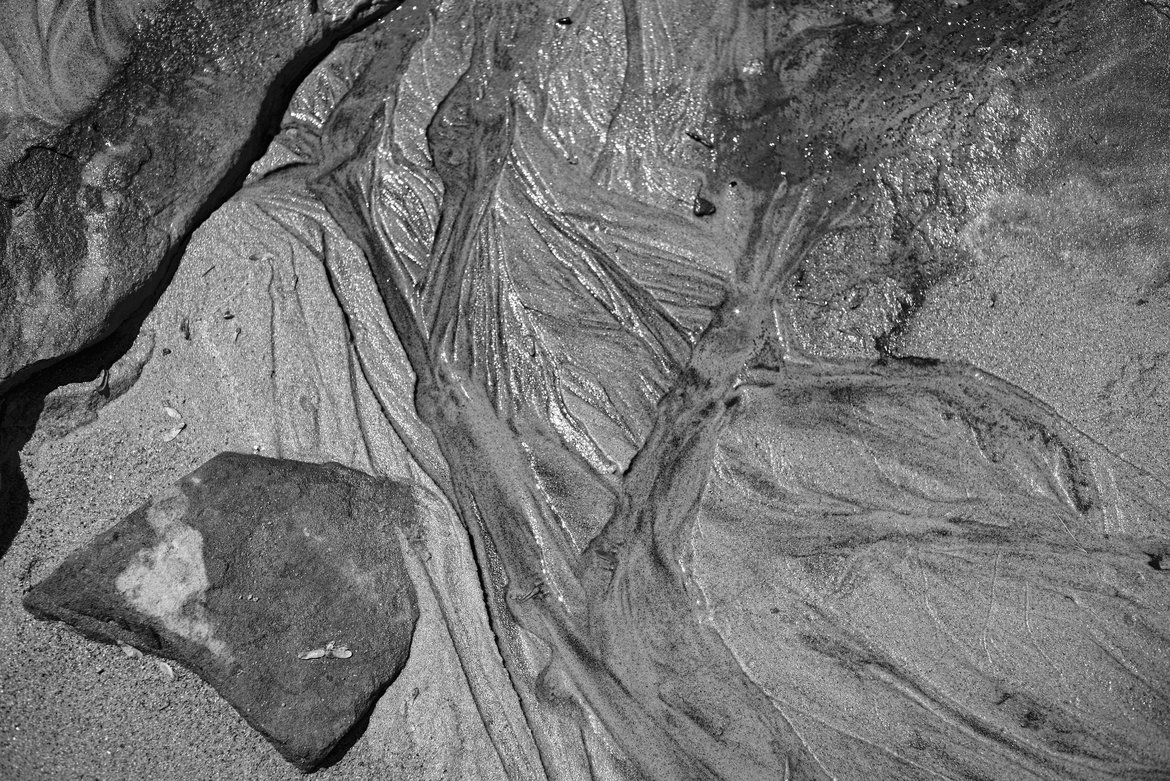
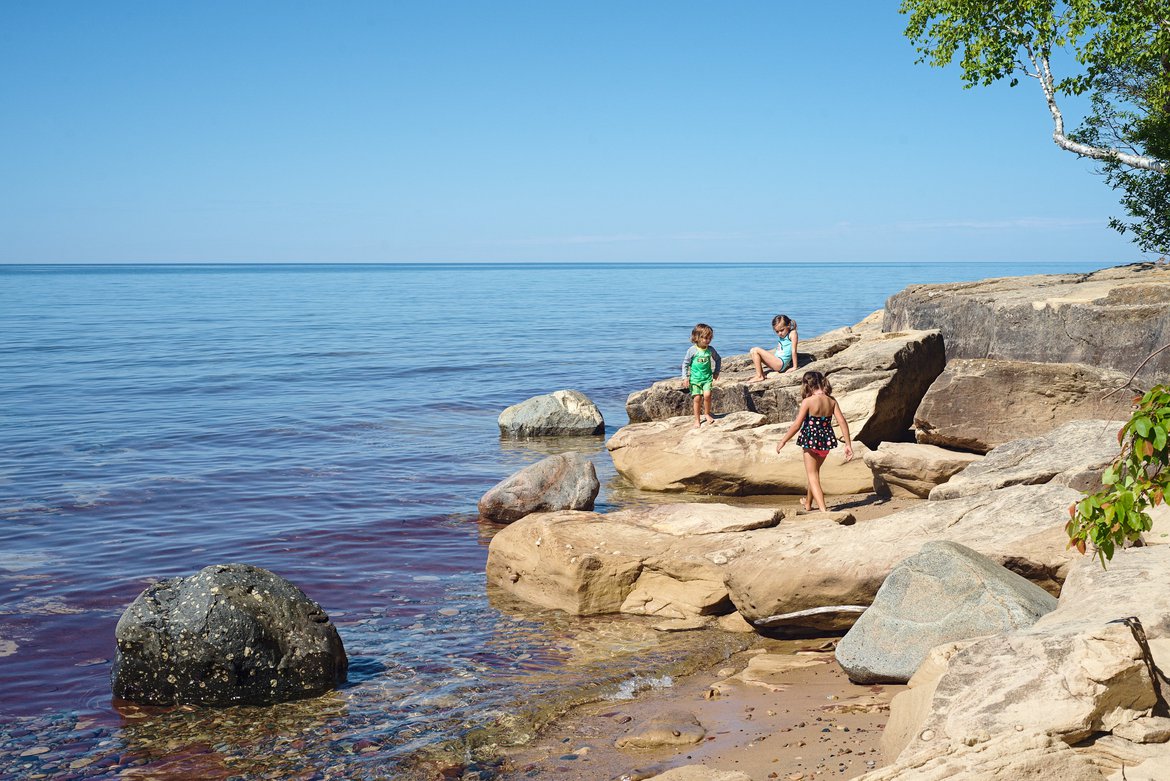
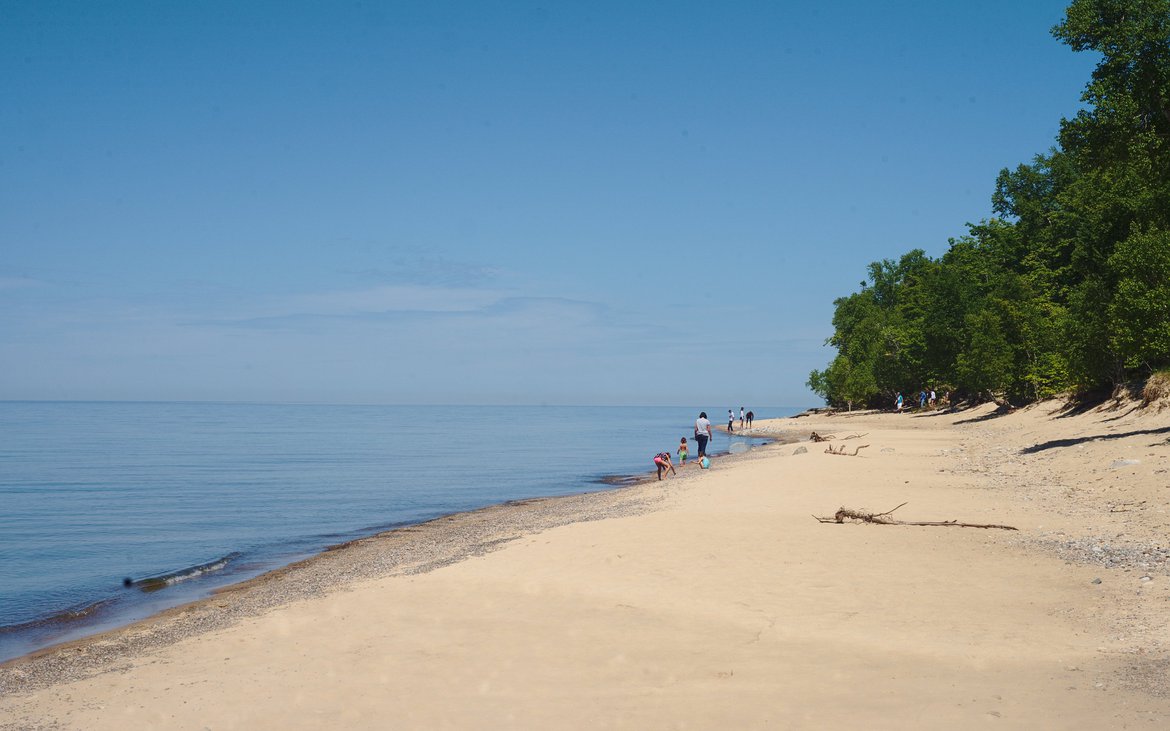
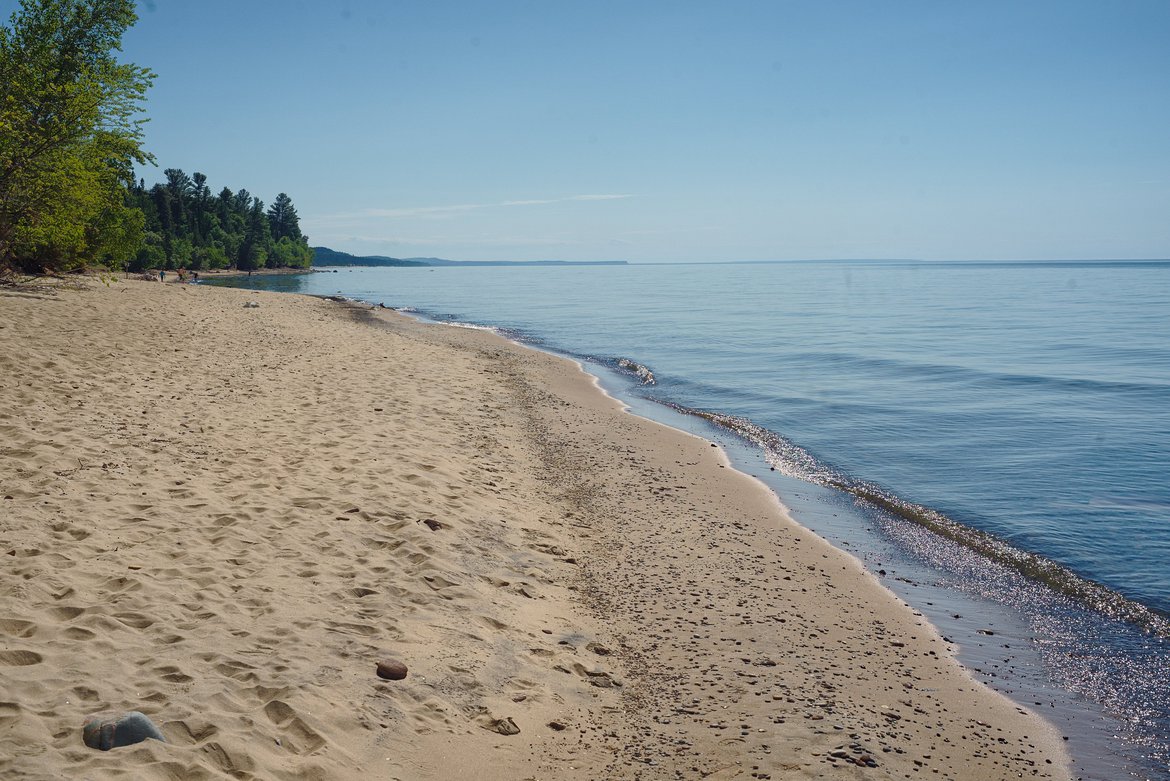
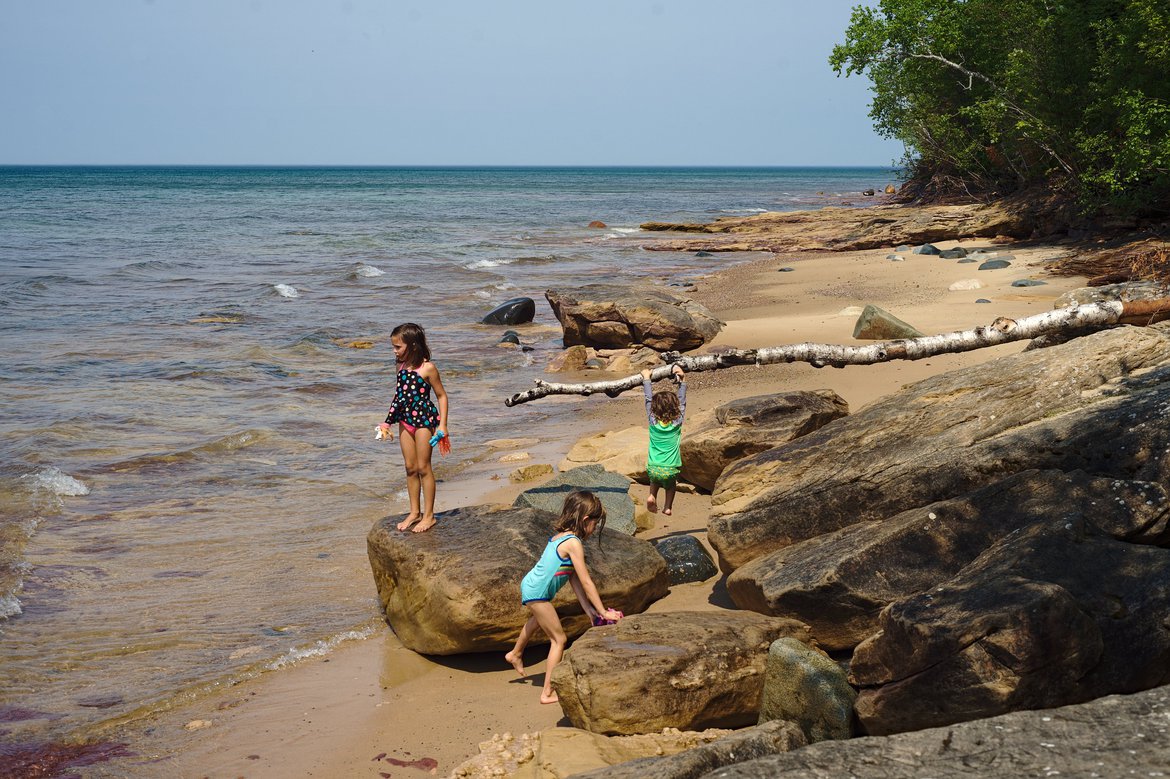

2 Comments
I am 100% the chicken with its head cut off traveler. I sit here in my cube 50% of my waking hours on this planet it seems. The other 50% im trying to see as much as possible. On our upcoming trip the sun rises at 5AM and sets at 1030pm and I plan to use it all.
Awesome perspective- if I had the time- I would love to chill and reflect. But ill wait until im back in my cube to do that. Until then, I will continue to live through you all- Carry on!
DREW-
I’m naturally drawn to the chicken approach myself. It’s taken me about 10 months to let go of that need to always be doing something. I’m still not entirely there. We’ll be passing through a huge city later this year, we have about 5, maybe 7 days. I’ve already got a list of about 25 places I want to visit. :)
Thoughts?
Please leave a reply:
All comments are moderated, so you won’t see it right away. And please remember Kurt Vonnegut's rule: “god damn it, you’ve got to be kind.” You can use Markdown or HTML to format your comments. The allowed tags are
<b>, <i>, <em>, <strong>, <a>. To create a new paragraph hit return twice.